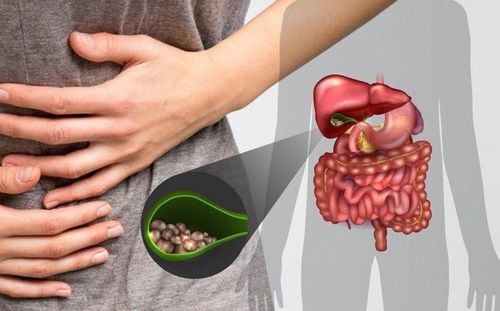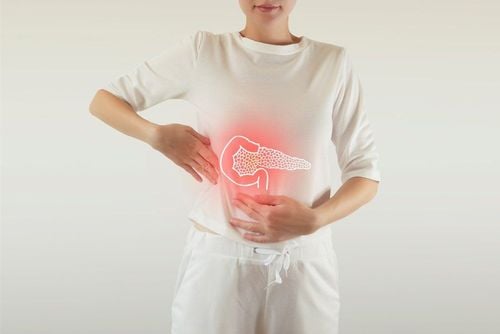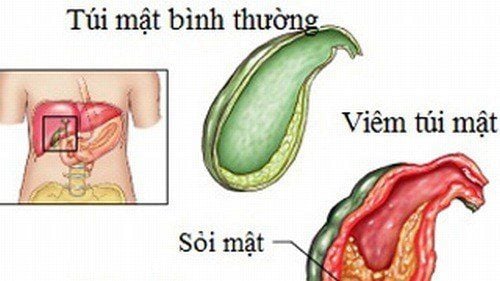This is an automatically translated article.
The article is professionally consulted by MSc, BS. Dang Manh Cuong - Doctor of Radiology - Department of Diagnostic Imaging - Vinmec Central Park International General Hospital. The doctor has over 18 years of experience in the field of ultrasound - diagnostic imaging.1. What is acute cholecystitis?
Acute cholecystitis is an acute inflammation of the gallbladder, usually due to gallstones or other causes such as parasites, chemical damage, anemia, movement disorders, allergic reactions, etc. ...Symptoms of the disease are typical through each stage of the disease. Specifically:
Stage 1: The gallbladder is enlarged, the patient presents with epigastric abdominal pain, intermittent cramping pain, vomiting; Stage 2: Purulent cholecystitis, people with acute cholecystitis have symptoms of constant localized abdominal pain, possibly back or shoulder pain, fever, leukocytosis; Stage 3: Gallbladder necrosis, the patient has systemic toxicity, high fever, leukocytosis, abdominal wall reaction, abdominal wall spasticity and rebound reaction; Stage 4: Perforation of the gallbladder, the average perforation time is 48 - 72 hours. Acute cholecystitis, if not promptly detected and treated, can cause dangerous complications such as: Gallbladder necrosis, cholangitis, chronic cholecystitis, gall bladder effusion, common bile duct stones, inflammation Pancreatic cancer, even gallbladder carcinoma,...
There are many methods of diagnosing acute cholecystitis such as: blood test, unprepared abdominal X-ray, CT scan, MRI scan and ultrasound. In particular, the ultrasonic method has many advantages such as high accuracy, safety, easy non-invasive implementation, low cost, ... so it is being widely applied today. Need to differentiate acute cholecystitis from acute appendicitis, acute pancreatitis, acute hepatitis, perforated stomach - duodenum ulcer, right ureter kidney stone, liver congestion due to right heart failure,...
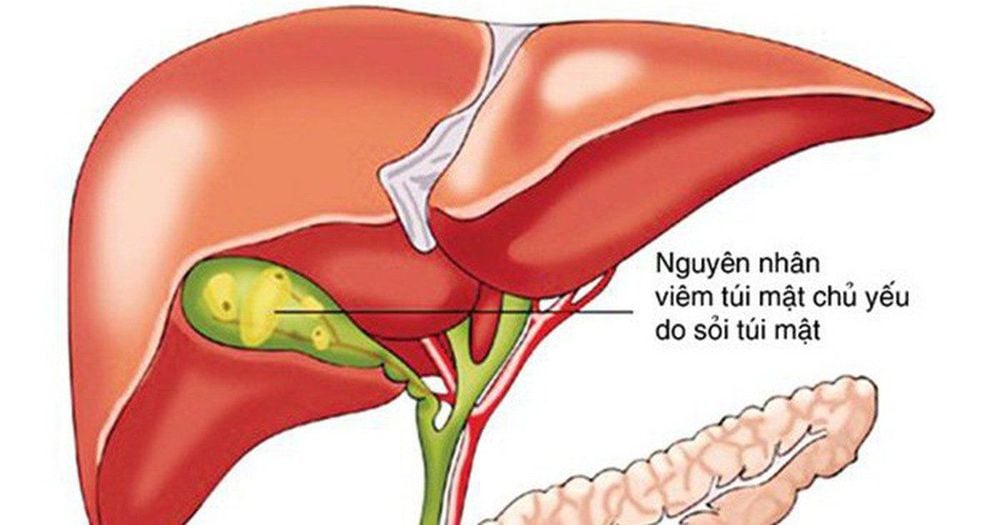
2. Overview of ultrasound diagnostic methods for acute cholecystitis
Ultrasonography is the recommended method of first use in cases of suspected acute cholecystitis. Because of the advantages of convenience, less invasiveness, ultrasound is considered the first choice in checking and evaluating acute cholecystitis. This diagnostic method has a sensitivity of 50-88% and a specificity of 80-88%.2.1 Normal gallbladder anatomy The gallbladder is located in the cystic fossa on the lower surface of the right liver, extending from near the right tip of the portal to the inferior border of the liver. In cross-section by ultrasound, the neck of the gallbladder is located relatively fixed in the major interlobar fissure, between the right lobe and the medial segment. On longitudinal sonography, an echogenic main lobe fissure can be seen between the gallbladder and the right portal vein.
Gallbladder consists of fundus, body and neck. The base of the gallbladder is widest, the neck of the gallbladder is the narrowest, and the neck is connected to the cystic duct. Mucosal folds of the neck and cystic duct are folded into spiral valves.
2.2 Normal gallbladder image on ultrasound On ultrasound, the gallbladder is pear-shaped and filled with anechoic fluid. The gallbladder wall in a healthy person will be echogenic and clear, with a thickness of no more than 3mm. The normal length of the gallbladder is 8-12 cm, and the diameter is no more than 4 cm in an adult.
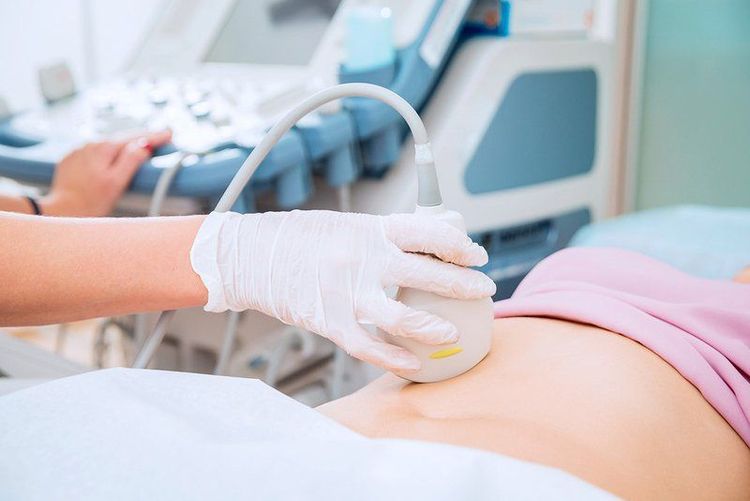
The normal gallbladder can hold 30 - 50ml. However, the measurement of gallbladder volume on ultrasound is difficult, ranging from 17 to 27 ml.
2.3 Image of acute cholecystitis on ultrasonography Ultrasound signs suggestive of acute cholecystitis include: bile sludge, gallstones, distended gallbladder, thickened gallbladder wall, especially with negative voiding areas. or hypoechoic in gallbladder wall, positive sonographic Murphy sign, color Doppler ultrasound showing increased flow. Patients with cholecystitis may also present with gallbladder wall thickening, but this is not specific. More positive ultrasound signs will improve the accuracy of the diagnosis of acute cholecystitis (80%).
Ultrasound can also detect stones stuck in the neck or cystic duct causing obstruction, acute cholecystitis. Ultrasound will scan in many directions, including the prone position and the left posterior direction to diagnose the condition of stones stuck in the gallbladder neck.
Patients with acute cholecystitis often have a positive ultrasound Murphy sign. It is defined as extreme pain caused by irritation by pressing the transducer directly into the gallbladder area. In the ultrasound diagnosis of acute cholecystitis, Murphy's sign has an accuracy of 43-73%.

Ultrasound results are determined by the doctor's qualifications and equipment, so you should choose reputable medical facilities to perform this imaging method. Vinmec International General Hospital is highly appreciated by customers for the quality of diagnostic imaging. The team of doctors is well-trained, specialized, highly qualified and experienced in the field of diagnostic imaging. Newly imported, modern equipment brings the best results.
If there is a need for gallbladder ultrasound with leading doctors in Vinmec's Radiology department, please book an appointment directly at the website or contact the hotline for service.
Please dial HOTLINE for more information or register for an appointment HERE. Download MyVinmec app to make appointments faster and to manage your bookings easily.








